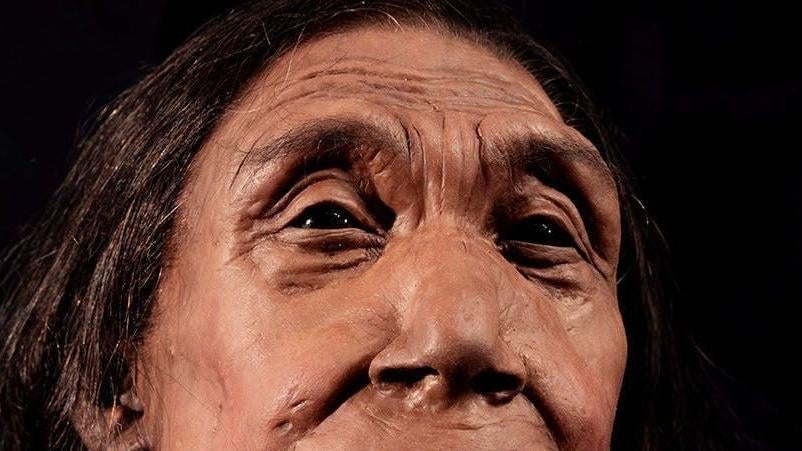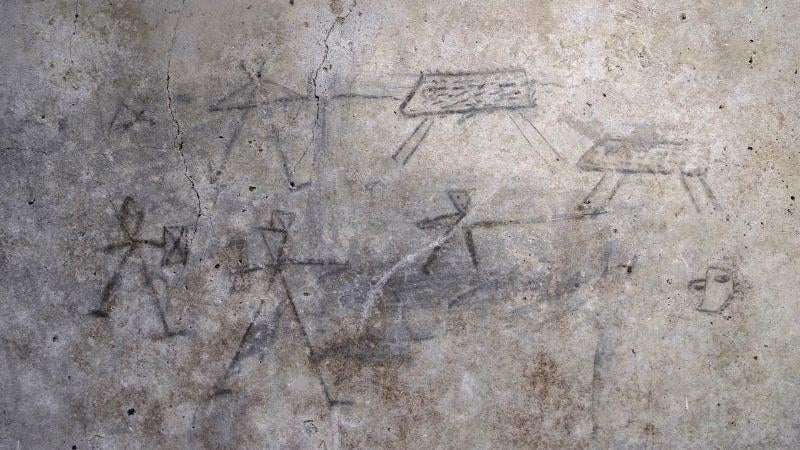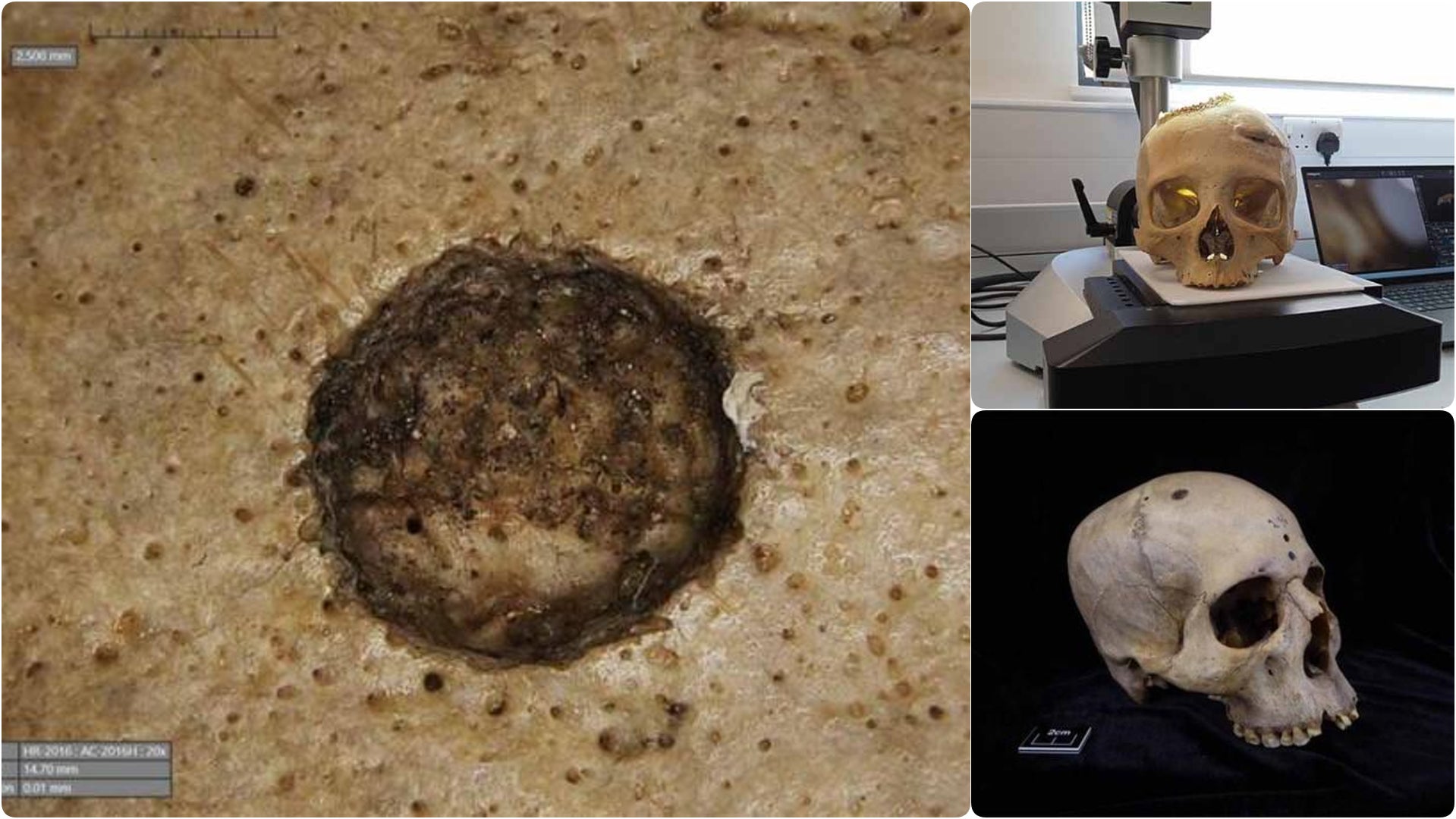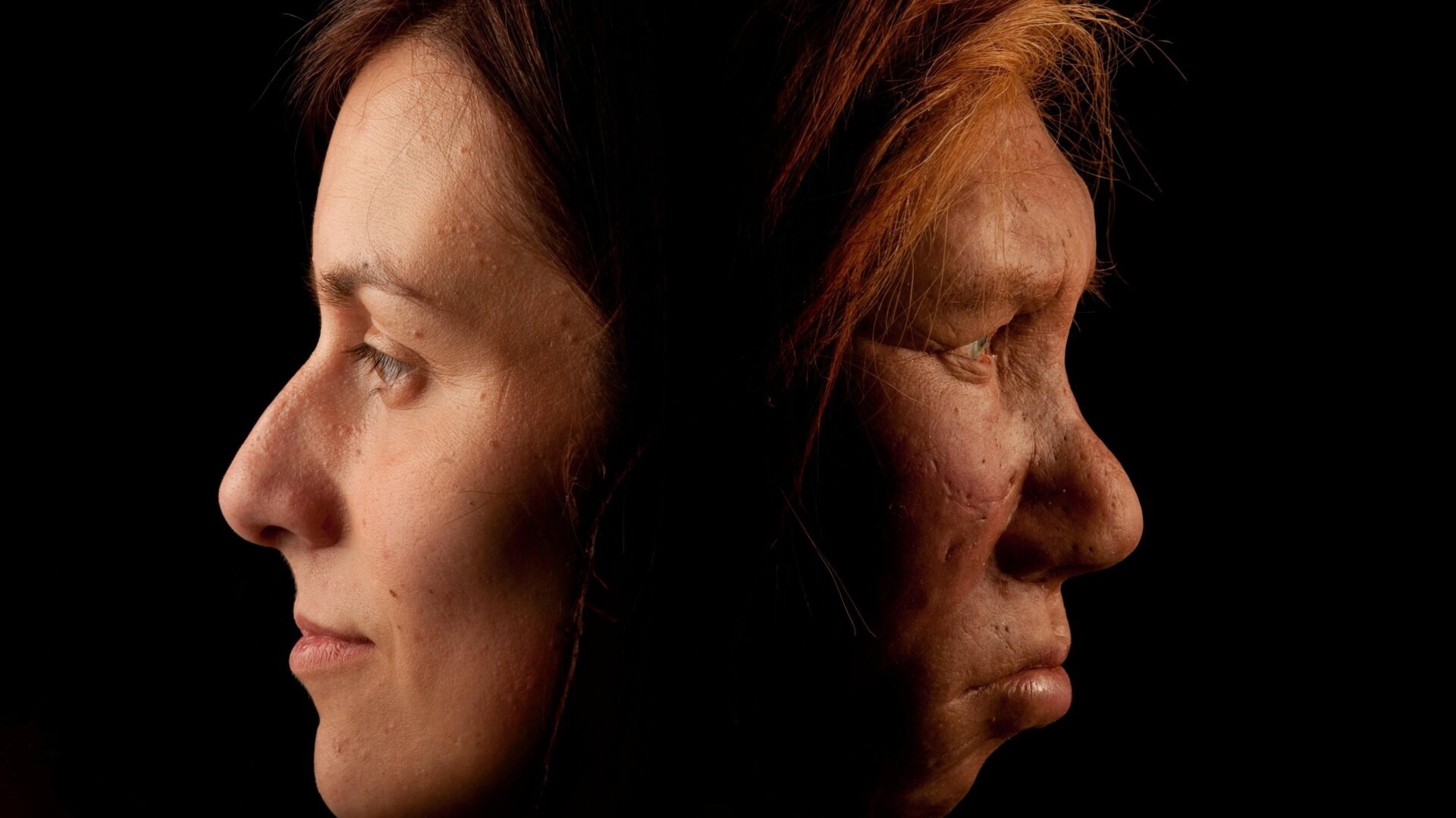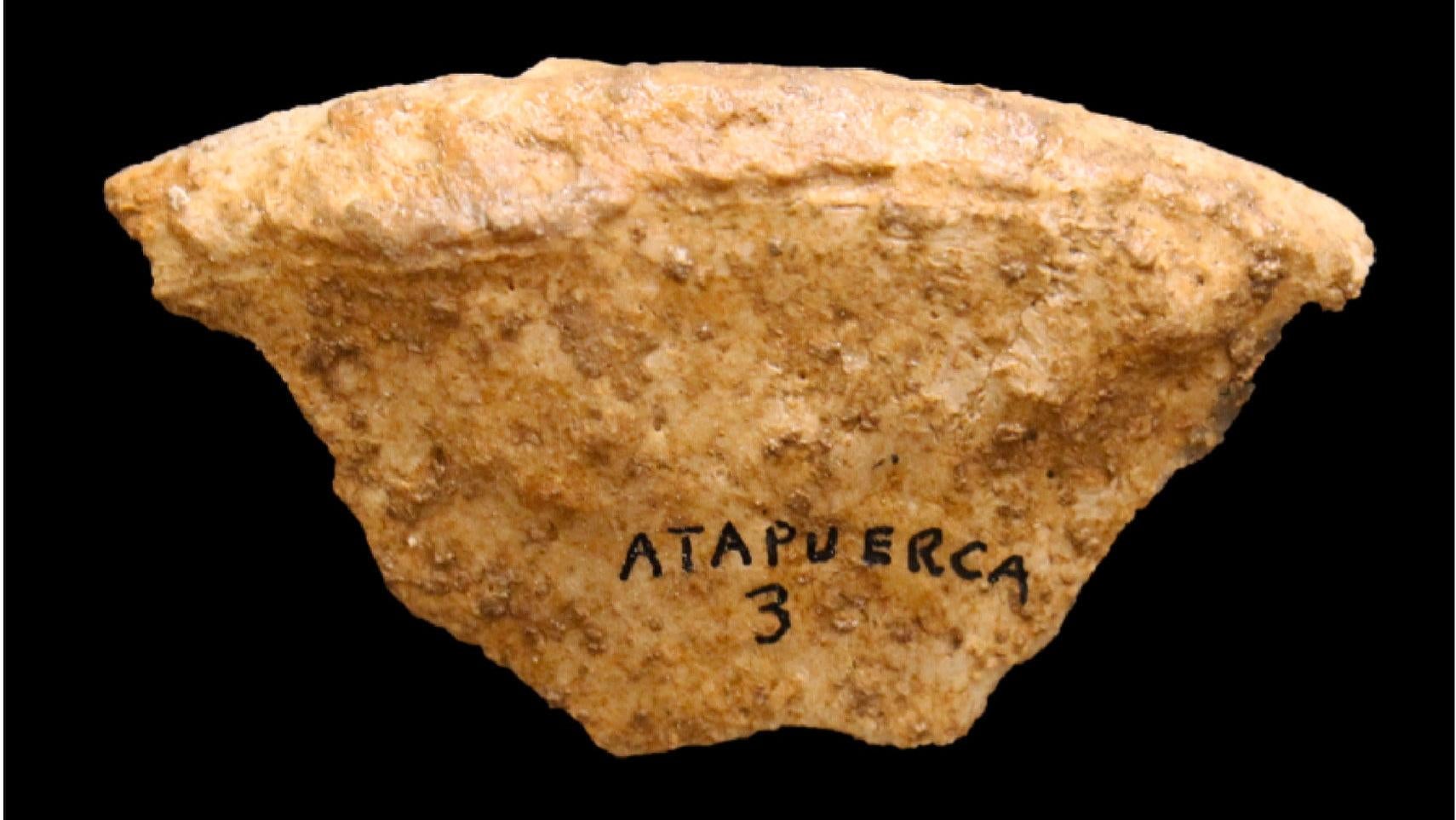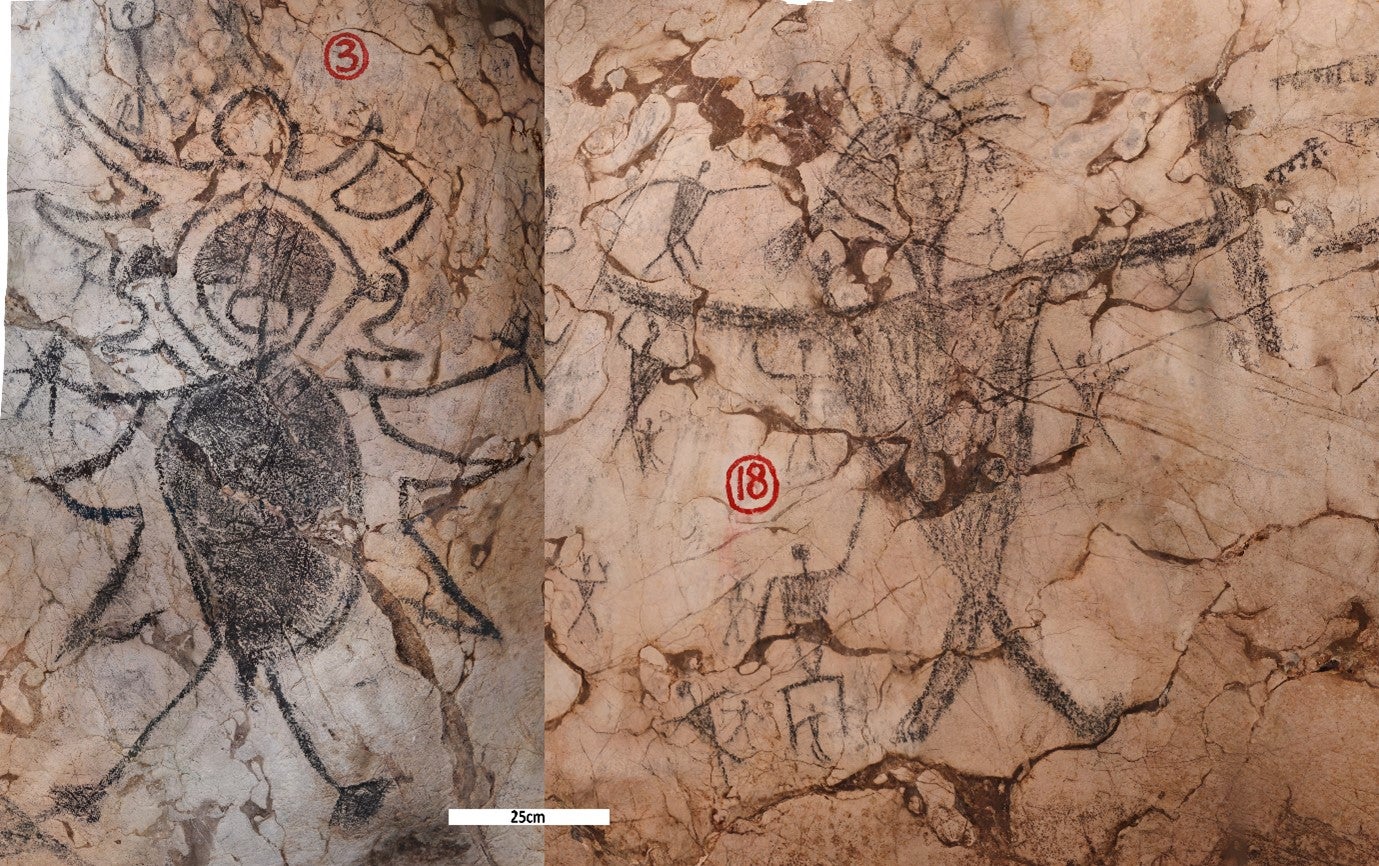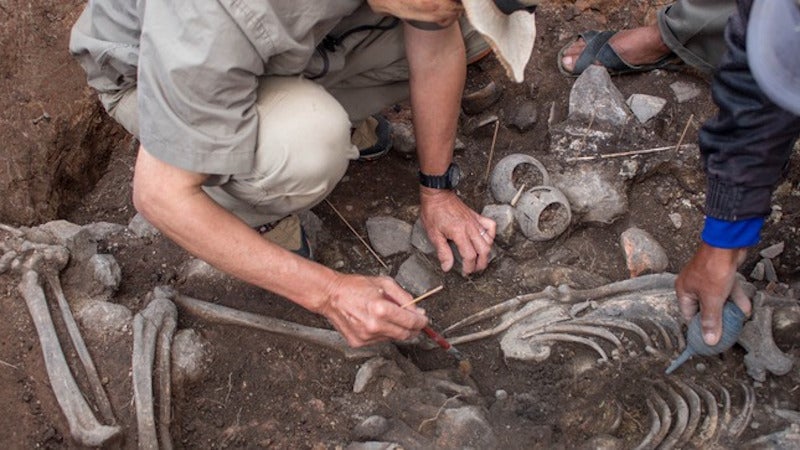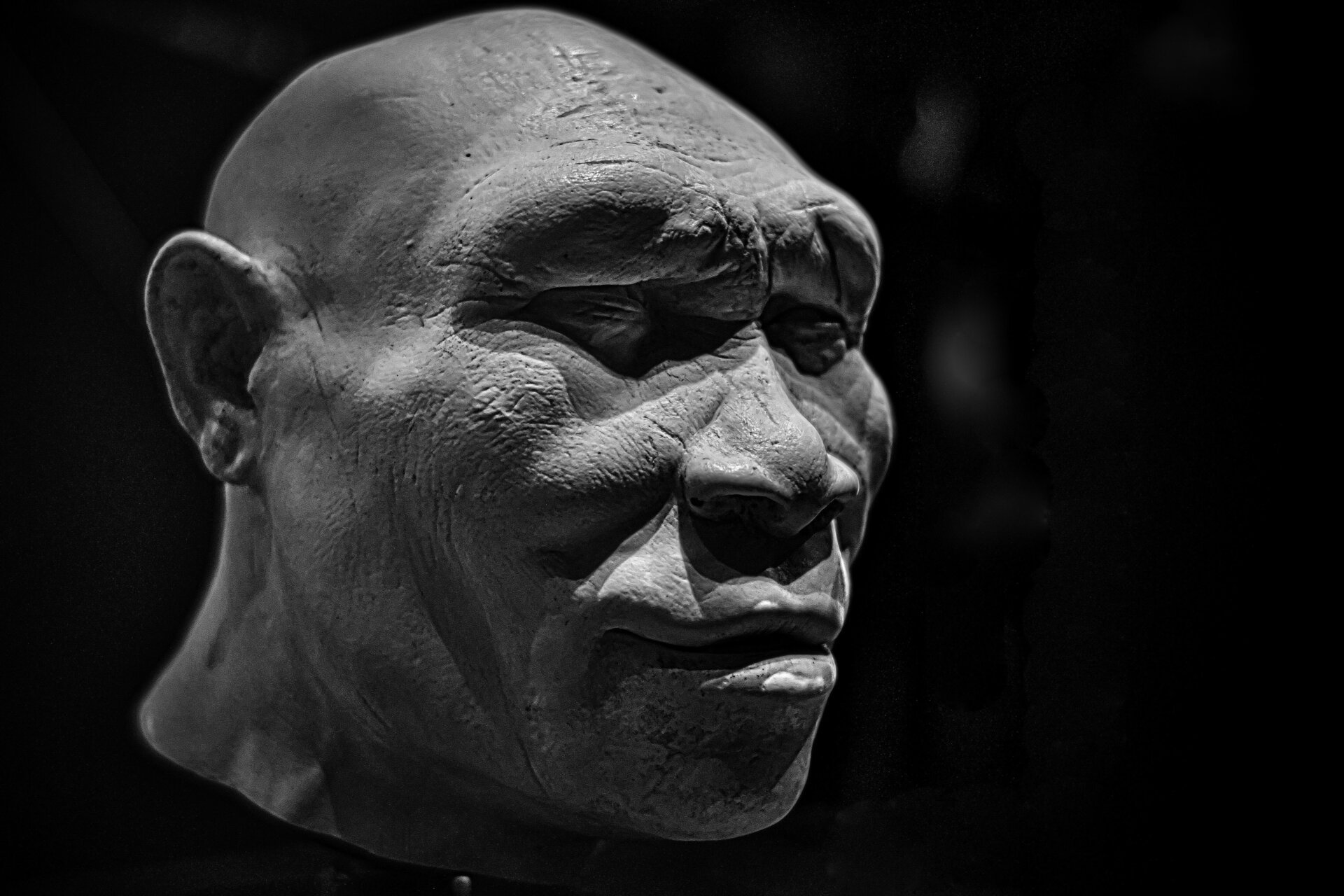The face of a female Neanderthal, Shanidar Z, who lived approximately 75,000 years ago, has been meticulously reconstructed from her fragmented skull, offering a compelling glimpse into the appearance of these ancient humans. Discovered in Shanidar Cave, Iraqi Kurdistan, a site renowned for its Neanderthal remains and tools, Shanidar Z’s skull was painstakingly pieced back together from hundreds of fragments, having been crushed by rockfall and sediment.
Neanderthals, an extinct group of archaic humans, inhabited Eurasia until around 40,000 years ago. Characterized by their robust build, prominent brow ridges, and shorter stature compared to modern humans, Neanderthals didn’t simply vanish. Evidence strongly suggests they interbred with Homo sapiens, leaving a lasting genetic legacy in modern human populations, particularly in East Asia.
The University of Cambridge estimates Shanidar Z was likely in her mid-40s and stood around five feet tall. Her remains were found near a hand-dug gully, positioned on her side with a rock beneath her head and her left hand tucked under it, reminiscent of a sleeping posture. This proximity to other Neanderthals engaged in daily activities like cooking and eating suggests a close connection between life and death in their culture.
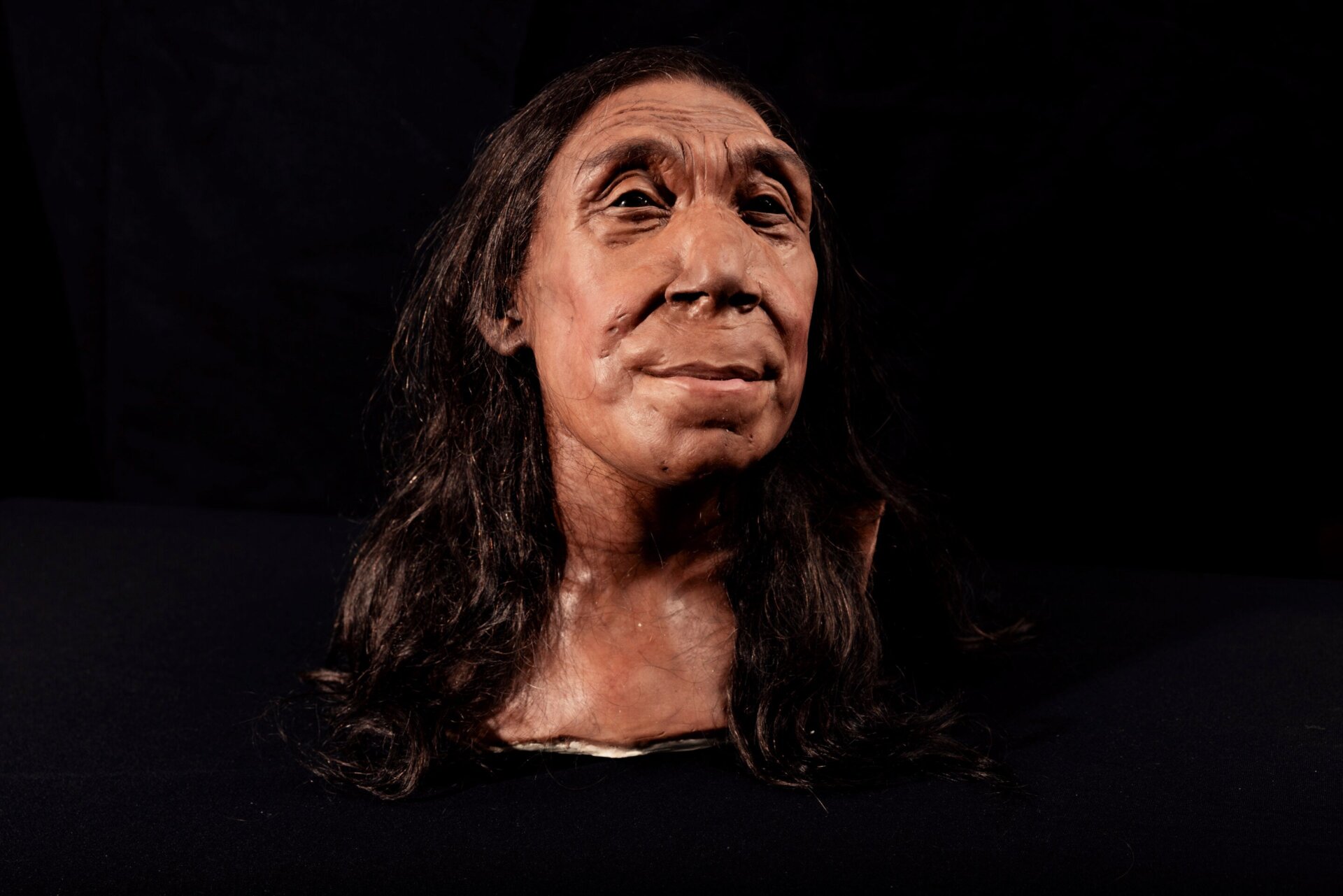 The reconstructed face of Shanidar Z, based on the team’s analysis of the skull.
The reconstructed face of Shanidar Z, based on the team’s analysis of the skull.
The reconstruction of Shanidar Z’s face was undertaken by the renowned Kennis brothers, experts in recreating lifelike representations of hominin ancestors. After the meticulous reconstruction of the skull, it was 3D scanned and printed, providing a foundation for the brothers to meticulously build the face using fabricated muscle and skin.
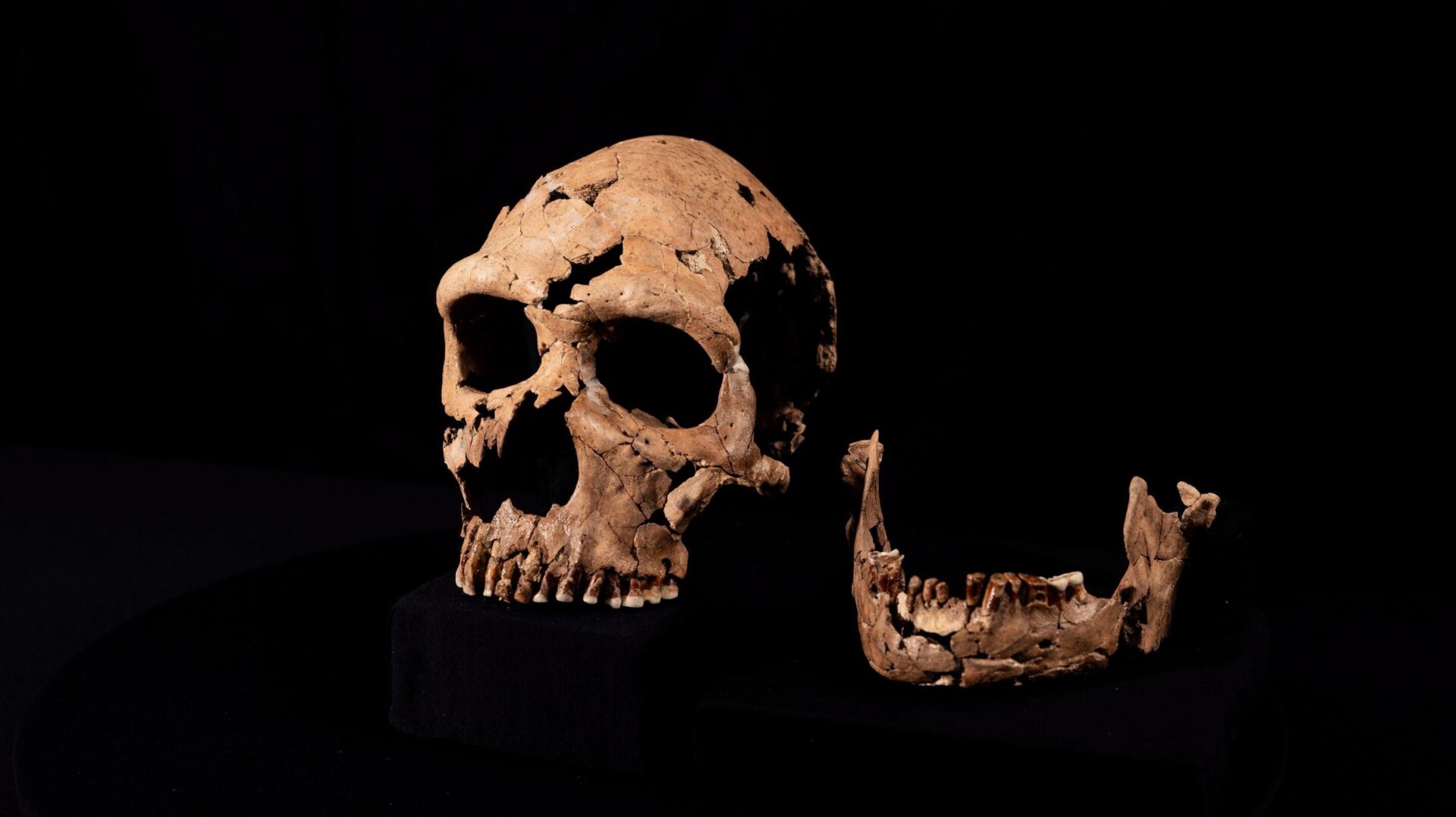 The reconstructed skull and jaw of Shanidar Z.
The reconstructed skull and jaw of Shanidar Z.
Our perception of Neanderthals has evolved significantly over the years. Initially depicted as primitive and brutish, research now reveals them as intelligent beings with complex social structures. Evidence from Shanidar Cave and other sites points to their compassionate care for the injured and wounded within their communities. The 2020 discovery of a Neanderthal skeleton potentially buried with plant matter in Shanidar Cave, though later research questioned the source of the pollen, highlights the ongoing investigation into their burial practices. The presence of Neanderthal remains spanning thousands of years within the cave suggests its use as a shelter across generations.
The ongoing excavation of Neanderthal sites, aided by advanced technologies, continues to refine our understanding of these close relatives. Their story, rich with nuance and insight, reveals a species remarkably similar to Homo sapiens, ultimately becoming a part of our own lineage.



